Multidirectional Forging Concept
Multidirectional forging is a closed net forming forging process. The products forged by it are not only precise in shape, but also can extrude the inner holes of the products. Therefore, the forgings produced by this process not only have fine structure and complex and precise appearance, but also can save materials and reduce energy consumption, especially when processing special-shaped inner hole products, its advantages are more obvious. Precision forgings are shown in Fig. 1.

Fig 1 Precision forgings
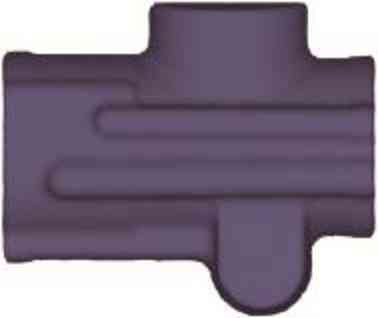
Fig 2 Cylinder block of rock drill
Both ends of the precision forging in Figure 1 are special-shaped inner holes. When the multi-direction forging process is used to produce the product, one-fire forming inside and outside the product is realized on the multi-direction forging equipment, and the production efficiency is several times higher than that of the conventional forging process. There are two kinds of multi-direction forging technology: one is to use special multi-direction forming die to realize multi-direction forging on conventional forging equipment; the other is to use special multi-direction forging equipment to forge. The former uses conventional forging equipment to realize multi-direction forging with complex compound action dies. Its tonnage is very limited, and it is mostly used to manufacture small products, such as hardware and sundry parts. The weight of each product is less than one kilogram. The latter requires special multi-directional forging equipment, with large investment in the early stage, but the process performance is superior, the production die is relatively simple, and the ability to adapt to the product is very high. Generally, the product weighs about 10 kilograms per unit weight, and large equipment can even forge hundreds of kilograms per unit weight of forgings. The multi-direction forging belongs to the latter category. Our company has two multi-direction forging production lines with 2000 tons self-made hydraulic multi-direction forging machine as the main machine. We have forged and processed many kinds of forgings, such as drill cylinder block, machine head, automobile steering machine, universal coupling, valve body, rotary rod joint and so on.
Multidirectional Forging Process
The shape of the cylinder block of rock drill is shown in Figure 2. This product is a typical multi-direction forging product, which requires not only complex shape forging requirements, but also high strength thin-walled cylinder. It is often mentioned in the common multi-direction forging specifications. The structure of lower sleeve die is shown in Figure 3, that is, the cylinder block of rock drill.
Before we adopt the multi-direction forging process to produce this product, conventional forging processes such as 3 tons die forging hammer were used in the industry. The appearance of cylinder block forgings processed by conventional forging process can meet the quality requirements of product design. However, conventional technology can only forge solid forgings. In the follow-up processing of spare parts, first of all, a large number of man-hours must be spent to empty the cavity, which not only consumes materials, but also labor, and the production efficiency is very low. We adopt multi-direction forging technology to produce the cylinder block of rock drill, which not only has high appearance quality, but also realizes closed forging without flying edge loss, because pre-holes are extruded on both sides, thus greatly reducing material consumption and man-hour consumption of later holes. The drawing of multi-direction forging workpiece is shown in Fig. 4.
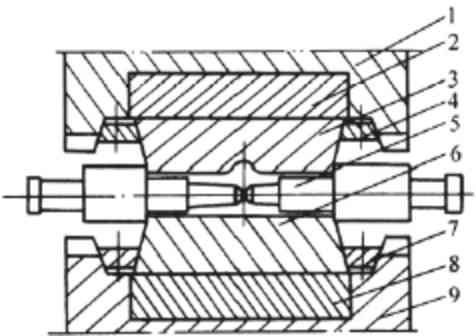
Fig 3 The sleeve die structure
1-Upper Die Base 2-Upper Cushion Plate 3-Upper Die 4-Upper Press Plate 5-Punch 6-Downer Die 7-Downer Plate 8-Downer Plate 9-Downer Die Base
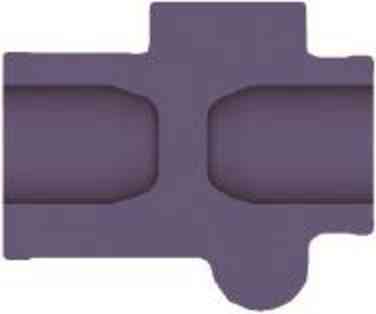
Fig 4 Multidirectional Forging Workpiece Diagram
According to our actual calculation, the material consumption of multi-direction forging and conventional forging is 12 kg and 18 kg respectively for products of the same specification. Compared with the two processes, the conventional process consumes 50% more material than the multi-direction forging process. Therefore, multi-direction forging has obvious advantages in energy saving and consumption reduction.
Multidirectional forging not only saves material, but also ingeniously saves energy. As an example, the cylinder block forgings of the rock drill mentioned above are forged with 3 ton die forging hammer by conventional technology. We forged them with 2000 ton hydraulic multi-direction forging machine. The multi-direction forging machine uses two side cylinders to exert forming energy. The designed tonnage of the cylinder is only 300 tons. If the product is forged by multi-direction forging process according to general theoretical knowledge, the die structure diagram is shown in Fig. 5.
According to the die structure, the cross section shape of the end punch is shown in Figure 6. From this figure, the punch area of the end face is about 130 cm 2, and the theoretical forming tonnage is 780 tons based on the flow stress calculation of 600 MPa. In the die design, we make full use of the forming characteristics of the closed die, the punch shape is the same as the size of the inner hole of the forging, thus effectively reducing the forming tonnage of the product. The improved die structure is shown in Fig. 7 and the section of the improved punch is shown in Fig. 8.
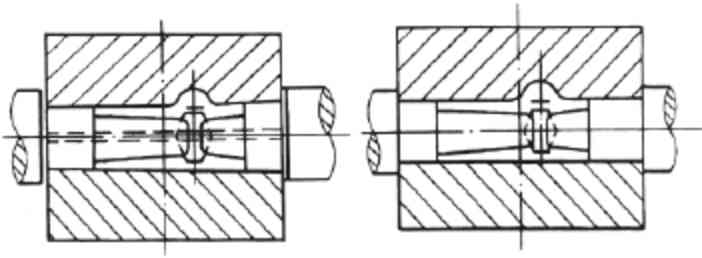
Fig 5 Die Structural Diagram
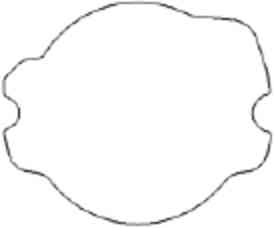
Fig 6 Cross-sectional shape of end punch
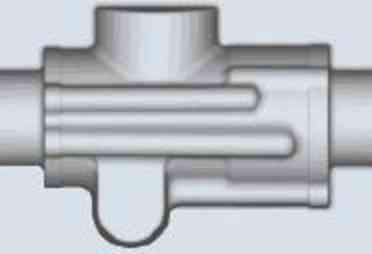
Fig 7 Mould structure after improvement
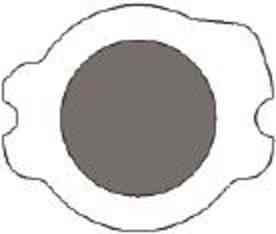
Fig 8 Improving punch section
The shadow inner circle in Figure 8 is an improved punch cross section with an area of only about 35cm2. According to the same forming flow stress calculation, the required forming tonnage is only 210 tons. In addition to hollow forgings, for some forgings with complex shape, multi-direction forging also has the advantages of simple process, high production efficiency and stable product quality. Multidirectional forging steering knuckle forgings are shown in Fig 9.
To forge the product with traditional technology, it is necessary to pass more complex billet, and the final forging can be carried out only after the initial forging step. Its production process occupies more equipment, uses more production personnel, and has a long production cycle. The multi-directional forging is used to manufacture the same product without any pre-processing steps. The material is heated and directly molded. The process chain is short, the operator is small, and the production cycle is short, which is exactly how fast and economical it is. Photos of multi-direction forging are shown in Fig 10.
Visible from the product image, the forging is in line with the precision forging requirement of the net forming. Less than no flash, besides the advantages of the foregoing technology, it can save 10% to 15% of the flying material consumption compared with the conventional forging process.
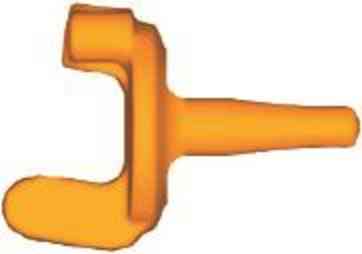
Figure 9 Multi-direction forging steering knuckle forgings
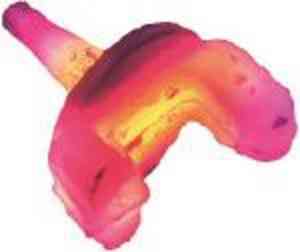
Fig 10 multi directional forging material photos
Concluding remarks
In recent years, the domestic multi-direction forging production has risen in many industries, especially in the national key projects have made outstanding achievements. However, there are still many applications to be developed in the multi-direction forging process. It is believed that in the near future, multi-direction forging will inevitably bring into play more outstanding practical benefits.